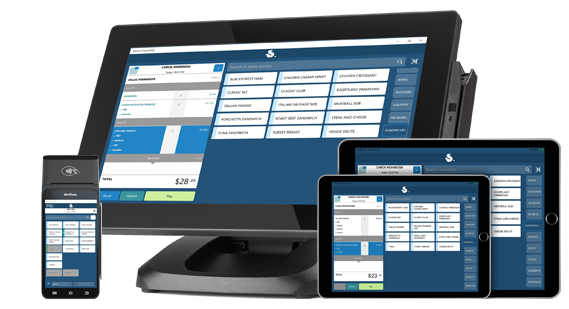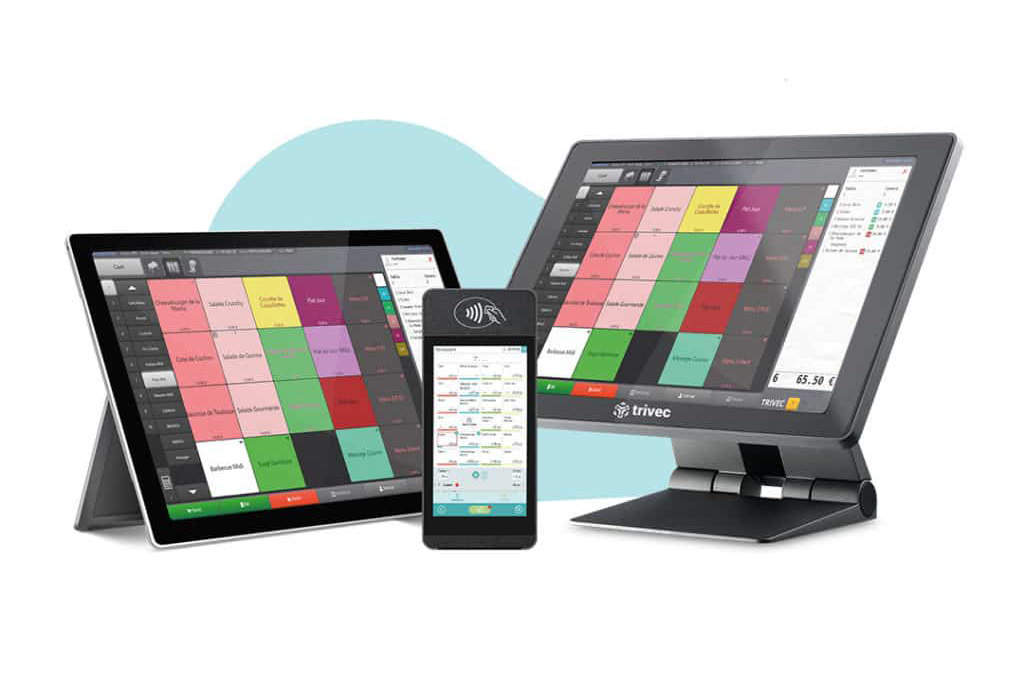What does Restaurant POS Software implementation cost and what's included?
How POS System Works: A Comprehensive Guide for Entrpreneurs
A POS system acts as a necessary device for modern services, incorporating various elements to simplify procedures. It encompasses hardware like barcode scanners and software application available monitoring. This system not just refines purchases yet additionally takes care of supply and examines client actions. Comprehending its performance can considerably affect an organization's efficiency and decision-making. What are the key components that add to this efficiency? Exploring these components supplies useful insights.
Understanding the Components of a POS System
A Factor of Sale (POS) system is made up of a number of essential components that collaborate to help with deals and manage company operations. At its core, the hardware consists of tools such as a sales register, barcode scanner, invoice printer, and payment terminal, all necessary for processing sales (Restaurant POS Software). The software application component takes care of stock, sales tracking, and client data, offering valuable understandings for business decisions.Additionally, data sources keep transaction records and customer details, making certain information stability and protection. Network connection makes it possible for real-time updates and accessibility to cloud-based services, boosting functional efficiency. Individual interfaces, developed for convenience of usage, enable staff to browse the system rapidly, minimizing training time. With each other, these components develop a natural system that improves the sales process, boosts customer support, and help in efficient administration of business resources. Recognizing these parts is important for company owner seeking to enhance their POS systems
Just How Sales Purchases Are Processed
When a client makes a decision to buy, the sales purchase initiates a collection of systematic steps within the POS system. Initially, the cashier inputs the items being acquired, which are checked through a barcode viewers or manually gotten in. This activity recovers product details, consisting of pricing and suitable taxes, from the system's database.Next, the client exists with the overall quantity due. The POS system then processes the repayment, whether through cash money, charge card, or mobile repayment techniques. For digital payments, the POS firmly connects with settlement processors to accredit and confirm the transaction.Once the settlement is verified, the system generates an invoice, which can be printed or sent digitally. This receipt works as receipt for the customer. The transaction data is videotaped in the system, making sure accurate sales records and financial monitoring for the organization.
Stock Monitoring and Tracking
Effective supply monitoring and monitoring are essential components of a POS system, as they assure that organizations keep ideal supply degrees and decrease inconsistencies. A robust POS system permits real-time inventory updates, reflecting sales and returns instantaneously. This enables organization owners to monitor supply degrees precisely, ensuring that prominent things are conveniently offered while stopping overstocking of less preferred products.Additionally, advanced POS systems supply features such as computerized supply alerts and reorder tips, streamlining the purchase procedure. Barcoding and RFID modern technology boost precision in tracking supply motion, reducing human error. Considerable reporting tools supply insights into supply turnover rates, aiding companies make educated choices regarding acquiring and item offerings. Eventually, efficient supply monitoring via a POS system not only improves operational effectiveness yet also enhances client complete satisfaction by ensuring product accessibility.

Evaluating Client Information and Insights
Consumer information evaluation functions as an effective device for businesses making use of a POS system. By gathering and taking a look at purchase information, organizations can reveal beneficial understandings concerning client behavior and choices. This analysis enables them to recognize purchasing patterns, peak shopping times, and preferred products, thus educating inventory choices and advertising strategies.Additionally, companies can section this link their consumer base, enabling individualized advertising and marketing initiatives that cater to particular demographics or purchasing habits. Recognizing consumer commitment patterns also helps in creating targeted promotions and rewards programs.The information obtained from a POS system can also disclose understandings into customer responses, allowing companies to make enlightened choices concerning item offerings and service improvements. Inevitably, leveraging client data properly can improve the overall purchasing experience, foster client satisfaction, and drive earnings growth.
Benefits of Applying a POS System
Implementing a POS system supplies countless advantages that can considerably improve service operations. To start with, it streamlines transaction procedures, decreasing delay times and boosting customer complete satisfaction. By automating sales procedures, businesses can reduce human error and assurance exact record-keeping. Additionally, a POS system offers useful information analytics, making it possible for proprietors to track sales patterns and stock levels in real-time. This understanding sustains notified decision-making, helping to maximize supply administration and advertising strategies.Moreover, numerous POS systems incorporate with various other organization tools, such as audit software program, simplifying financial monitoring. Improved employee management attributes, such as tracking hours and performance, further add to operational efficiency.Lastly, the execution of a POS system can cause enhanced revenue via enhanced consumer experiences and critical understandings, inevitably fostering business growth and sustainability.
Frequently Asked Questions
What Kinds Of Businesses Can Profit From a POS System?

Just how Much Does a POS System Commonly Expense?
The expense of a POS system commonly ranges from a few hundred to several thousand bucks, depending upon functions, equipment, and software application - Restaurant POS Software. Companies should think about ongoing costs for maintenance, support, this link and transaction processing when budgeting

Can I Integrate a POS System With Existing Software?
Incorporating a POS system with existing software application is frequently viable. Numerous systems provide APIs or built-in compatibility attributes, allowing businesses to improve operations and enhance functionality by attaching various software program applications successfully.
What Training Is Required for Personnel to Utilize a POS System?
Training for team to utilize a POS system normally includes understanding software program capabilities, refining transactions, taking care of inventory, and taking care of client communications - Restaurant POS Software. Practical presentations and hands-on practice Website improve efficiency and confidence being used the system efficiently
What Occurs if the Internet Goes Down While Making Use Of a POS System?
If the web decreases during POS system usage, purchases might be disrupted. Numerous systems offer offline capabilities, permitting standard operations to continue, yet complete performance, including real-time supply updates, will certainly be restricted.